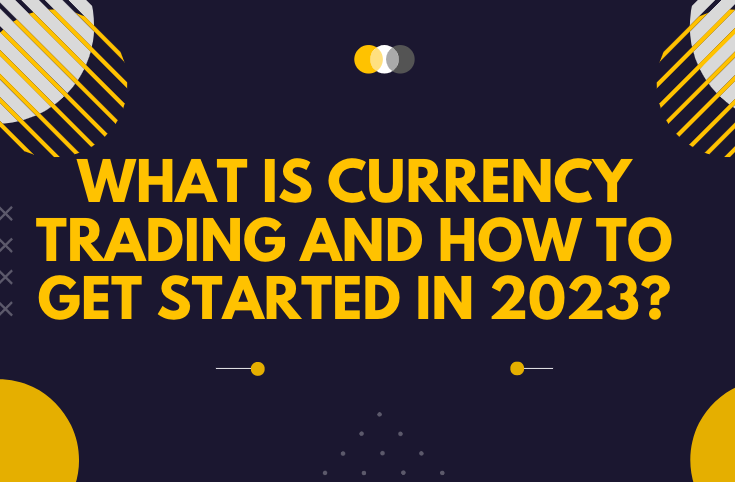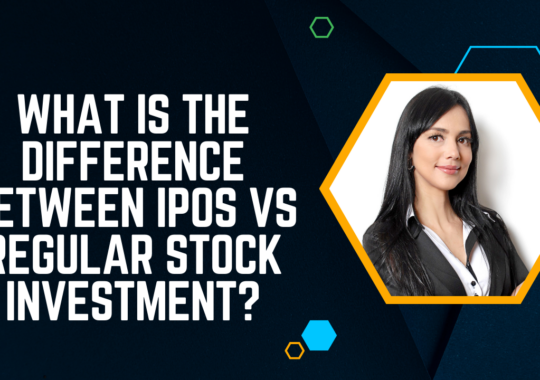2023 is already here, and it is always a good idea to plan ahead and know the best places to make money. Trading is a business, and it can be profitable when studied professionally. There are various types of assets for trading available online. One of the most popular trading instruments is Forex currency pairs. The Forex or Foreign Exchange market is a very liquid market with trillions of dollars traded every day. It dwarfs many other markets out there. Let’s speak more about currency trading and how to get started in 2023 below.
2023 tendencies and trends
Since the US Fed is increasing interest rates and there is an energy crisis in Europe because of the war in Ukraine, the chance of a recession in 2023 is very high. Because of this, mostly bearish movements are likely. Bearish means prices are going to be in decline and the red color will be very dominant on the charts. But traders have an edge, it’s called short selling, traders can short the asset right away to make money from falling prices. Exercising extra caution during a recession is a good idea, too. We will describe risk management and other important details in the following sections of this article. So make sure you continue reading.
But what is currency trading?
Currency trading refers to buying and selling currency pairs on the Forex market. If you are starting, this guide explains it for beginners and for others we will describe some general concepts below. The Forex market is a very liquid market, which means trades can be opened instantly and closed instantly as well. There are always enough buyers and sellers to fill any order in a fraction of a second. Forex is open 24/5, so it can be traded continuously. Although many traders, especially beginners, lose their money, Forex trading can be profitable. There are important steps to trade successfully.
Step 1: develop your trading strategy
The first thing to learn is to develop a trading strategy that addresses all aspects of trading. For this, you need to know which market you are trading in and what is the main signal for entries. The trading strategy consists of rules that must be followed in order to make money. To be a successful trader, make sure your strategy answers all these questions:
- What is your trading style? Depending on your personnel preference, you may choose between different trading styles like scalping, swing trading, day trading, etc.
- Which currency pair do you want to trade? There are vast currency pairs from majors to exotics, make sure your selected pair has a low spread and high liquidity.
- Select timeframe. Depending on your trading style, timeframes will vary from 15 m to daily.
- What is the market doing? Conduct analysis to determine trends and other important factors for your trading strategy. Make sure to know about important macroeconomic indicators and news as well. Combine technical analysis with fundamentals to increase the win rate.
- Define entry points. When conducting analysis, try to find the best entry points on the chart. The entry point is very important to catch the big moves.
- Plan your exit. After entry, it is important to know when to close your trades. If left for a long time, profitable trades could turn into losing ones.
- How will you manage risk? Risk management and trading psychology are so important that we have dedicated titles below.
- How to memorize all the rules? Write down your trading strategy rules. This is crucial, write down and print your rules and place them in a visible space so that you always follow your strategy’s rules.
Step 2: risk management
Proper risk management is crucial in trading. Stop loss and take profits can limit risks and make sure that more than 50% of trades end up winners. Trend-following strategies have a win rate of above 33%. But it is painful to watch 7 trades out of 10 end up losers when you are a beginner. So any strategy with a win rate above 65% is strongly recommended. Stop loss refers to placing an opposite order to close your current order when losing money. It limits your losses greatly and provides an exit when your prediction was wrong. All trading platforms have a stop-loss feature inbuilt, so just specify the price at which the trade will be closed.
Every strategy and every trader loses some trades. It’s the nature of trading. Make sure you have a stop loss not to lose more than 2% of your account size on any trade. This 2% rule is great for ensuring long-term survival. Risk to reward ratio is another important aspect. It refers to how much you risk getting a certain profit. If you risk $1 for a potential profit of $2, your risk-to-reward ratio is 1:2. Make sure your risk is less than the potential profits.
Step 3: trading psychology
Psychology is one of the most important parts of trading. From managing your psychology to limiting how emotions affect your trading performance, it is good to always know how to manage yourself. Emotional intelligence and discipline are two keys here. Can you execute your strategy flawlessly after a 5th consecutive losing trade? Probably not. Depending on your strategy’s win rate, consecutive losing trades can vary and really affect your performance. Execute and evaluate your strategy. Be disciplined to follow all rules outlined in your strategy.
Step 4: backtest and forward-test your strategy
Before thinking about live trading make sure to backtest your strategy on historic data and then trade it on a demo. TradingView has inbuilt replay functionality to go back and replay candles, this will be helpful to backtest your strategy.
Forward testing or trading on the demo will ensure that your strategy makes money consistently. Make sure to have at least 25 trades to evaluate if the strategy is profitable.

Krishna Murthy is the senior publisher at Trickyfinance. Krishna Murthy was one of the brilliant students during his college days. He completed his education in MBA (Master of Business Administration), and he is currently managing the all workload for sharing the best banking information over the internet. The main purpose of starting Tricky Finance is to provide all the precious information related to businesses and the banks to his readers.




